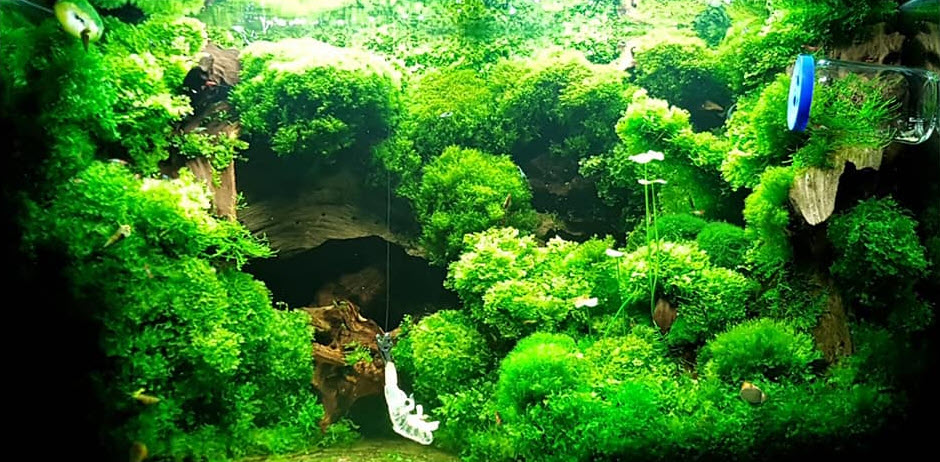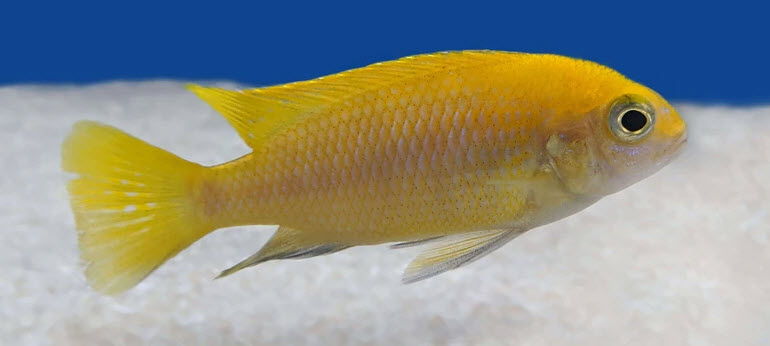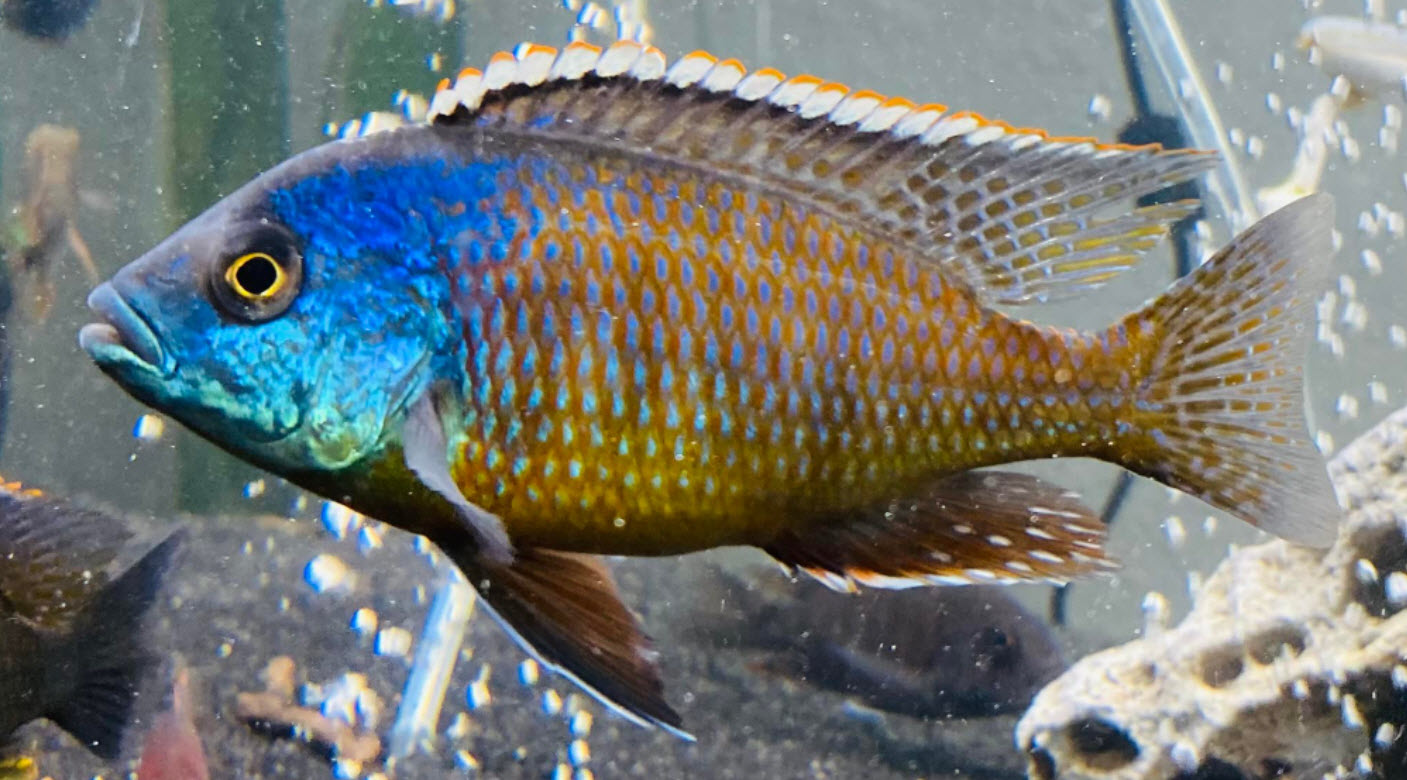
There is a “rule” that says you need to change the water 50% every week and a 25% change twice a week with an aquarium.
The only reason for doing water changes is to keep the nitrates down. Note there are all sorts of other reasons given on social media for doing water changes: “You need to remove hormones”, “You need to replenish the minerals”, “Fish love fresh water” ad infinitum. All these reasons are myths. They are not true.
I recommend only doing a water change when the nitrate reaches over 80 ppm. Nitrate is simply not very toxic to fish. António et. al. 2017 found no long-term effects from a level of 440 ppm nitrate. Monsees et. al. 2016 found the lower long-term damage level for adult cichlids to be 2,220 ppm. Science Direct and Semantics Scholar have several papers available all of which say a level of 440 ppm does no long-term damage to adult fish. A recent study exposed young salmon to 440 ppm nitrate for 8 months and they grew just as well as salmon kept at 1/10th that level. Fathead minnow fry were exposed to 1,575 ppm nitrate for seven days and there was no noticeable effect. This was for FRY!
If more information on nitrate levels is desired go to this link:
5.4.1. Nitrate in Depth
.

The Math
Let’s say we have a 100-gallon aquarium with the maximum stocking of four-inch Lake Malawi cichlids per our “heavy” category (understanding that our “heavy” loading is three times the “maximum” loading of all the aquarium stocking programs extant on the web). This “heavy stocking” is fifty fish. The “metabolic weight” of a four-inch fish is 37.8 grams.
Fish Food to Ammonia
- One gallon is eight pounds, eight pounds is 454 x 8 = 3,632 grams
- One hundred gallons is 363,200 grams
- 363,200/1,000,000 = 0.36
- One part per million in a 100-gallon tank is thus 0.36 grams
- 50 fish at 37.8 grams each is 50×37.8 = 1,890 grams
- Feeding of fish is typically 1.5% dry food of the weight of the fish per day
- Food is typically 40% protein
- 13% of protein is nitrogen
- 1,890 x 0.015 x 0.40 x 0.13 = 1.5 grams nitrogen added per day
- Nitrogen to ammonia conversion is 1.5×19/15 = 1.87
- One part per million in a 100-gallon tank is 0.36 grams of ammonia
- 1.87/0.36 = 5.2 ppm of ammonia added per day
- 5.2 ppm of ammonia added per day with “Heavy” stocking
- Ammonia to nitrate conversion is 63/19 = 3.3
- 5.2 x 3.3 = 17.2 ppm of nitrate added per day with “Heavy” stocking
- 80/17.2 = 4.7 days to take 0 nitrate to 80 ppm nitrate with “heavy” stocking
- A 50% water change will take the nitrate down 50% to 40 ppm.
- It will then take 2.33 days to get back up to 80 ppm.
- So if one decides to do a water change when the nitrate reaches 80 ppm nitrate with “heavy” stocking, one will have to theoretically change 50% every two days. With “moderate” stocking (the “maximum recommended” of all the web calculators) it becomes every seven days. With “light” stocking one would need to change the water every 23 days, theoretically.

.
But there is a problem with this analysis. There is a process called “assimilatory denitrification” where plants, fish and bacteria absorb large amounts of nitrate through several often quite tortuous routes. These organisms incorporate the nitrogen into proteins. In some tanks there is never any nitrates because of these processes. We have found that nitrate levels rise much slower than the “theory” suggests, probably due to assimilatory denitrification.
We recommend only a greater than 50% water change every two weeks if VERY heavily stocked; every six weeks if moderately stocked, and every five months if lightly stocked. OR simply do a 50% water change whenever the nitrates climb above 80 ppm.

Now one is always tempted to do “what is best for the fish” and go for the 10-ppm nitrate level. But this has some serious shortcomings:
- There is a lot of work involved in doing a lot of water changes. This is just making a hobby which should be very easy very hard.
- There is cost involved if you get municipal water. If you have ten one hundred-gallon aquariums with heavy stocking (like the author does), you’re typically talking roughly $4,400 per year in water charges. ($0.012/gallon x 365 x 1,000 =$4,380) in order to hold 10 pm nitrate. In high rate states like California this can double or even triple in cost.
- In the case above one would also be wasting about 400,000 gallons of water per year, which is not exactly being very environmentally conscious.
- Every time you do a water change there is a chance you will forget to add the chlorine neutralizer and kill some fish
- Every time you do a water change there is a possibility you will get some super-chlorinated water and kill some fish
- Every time you do a water change there is a possibility you will get very cold water and kill some fish (mixing valves are notorious for malfunctioning).
- Every time you change water with a hose you risk getting distracted and ending up with a lot of water on the floor.
- And there is simply no objective scientific research which supports such a low nitrate level. There are only biased “opinions” which mean absolutely nothing.
- Some people have tap water which has 20 to 100 ppm of nitrates, especially if one is on a well in farm country. These people will need an expensive and high maintenance RO/DI system to get to 10 ppm.

The Profit Motive
There are a host of charts and websites which say one should do a 50% water change once a week in order to have healthy fish. Everyone, and I mean EVERYONE, on social media parrots these recommendations, including your local fish store. Some simple calculations say that the market for aquarium water conditioners is about $150 million if hobbyists do 50% water changes once a week.
If typical hobbyists only change 50% of the water when the nitrate level goes to 80 ppm, or roughly once every six weeks for a typical aquarium, then the yearly market for conditioners is only $25 million. So that basically is 125 million reasons for the charts and the recommendations. Isn’t the profit motive great?

Further Research
There are some aquarium hobbyists who are interested in delving deep into the science and the calculations behind all aspects of the hobby. For those who are so inclined the following is pertinent:
18.1. Aquarium Water Changes
18.1.1. Water Changes in Depth
18.1.3. Water for Water Change
18.2. Continuous Drip Water Change Systems
.
Return to Maintenance Menu
.
Aquarium Science Website
The chapters shown below or on the right side in maroon lead to close to 400 articles on all aspects of keeping a freshwater aquarium. These articles have NO links to profit making sites and are thus unbiased in their recommendations, unlike all the for-profit sites you will find with Google. Bookmark and browse!
.

Dave says
In reply to Michael ….. “Correlation does not imply causation”. I’m suspecting you might have something else going on. Are you on chlorinated water? Did your fish die just after a water change? How is the aeration in the tank? Nitrates of 80 won’t kill fish. You might want to read this article: https://aquariumscience.org/index.php/1-6-aquarium-fast-fish-deaths/
Michael Giardina says
I have a 30 gallon tank, new Fluval 400 series pump with five 3-5” cichlids. About four months ago four died within two days, gasping at the top of the tank. Up until that they were happy and thriving. Tank temp was high due to air temp spike. Tested water found the nitrates to be 40-80 ppm. Local store told me that I over feed them which may have been true. 3 blood worm capsules a day. Since then I can’t get the nitrate below 40ppm. Being doing 25% every two weeks now a 50% today. Tap water is ok. There’s one surviving cichlid in the tank seems to be impervious to whatever’s going on. Last week changed the water shortly thereafter the catfish was struggling at the top so I relocated him to an other tank.
Any thoughts?
Thanks